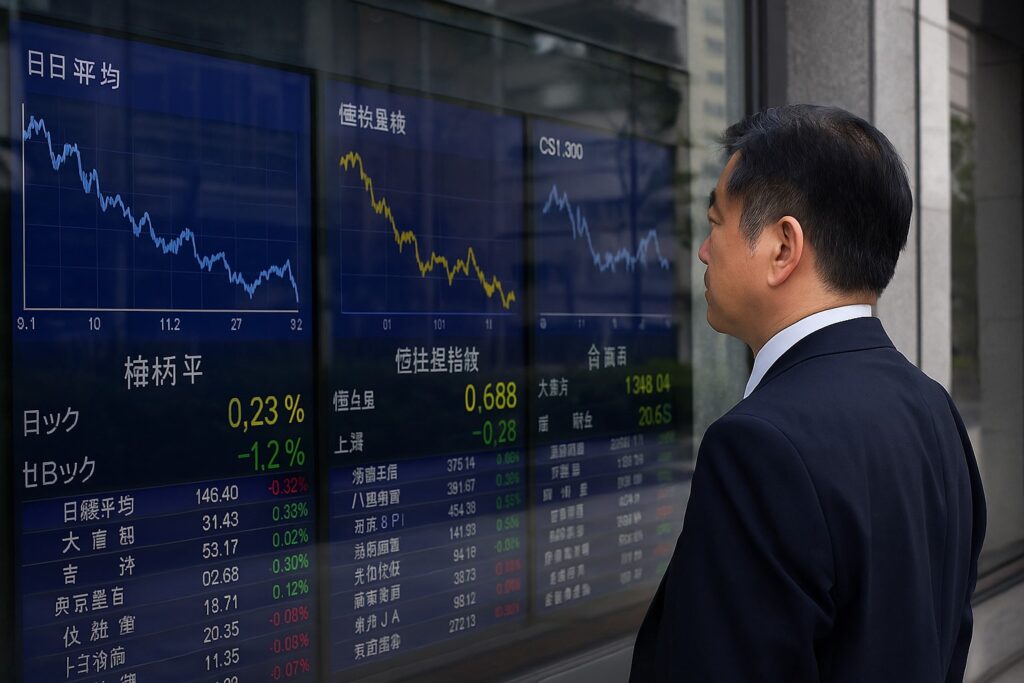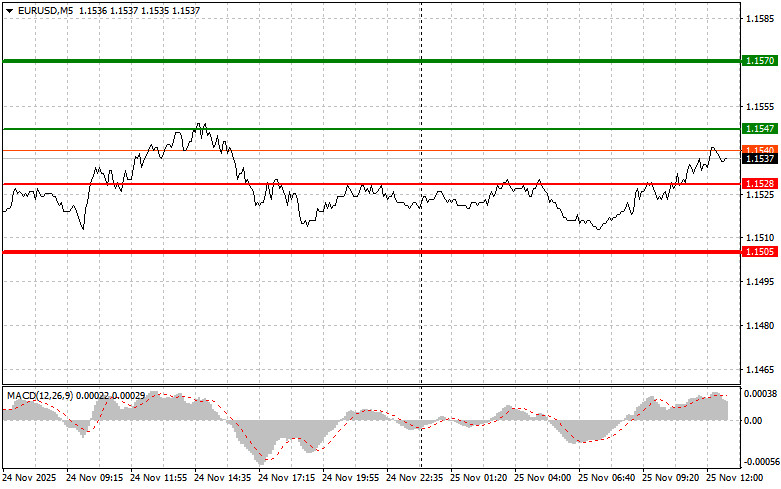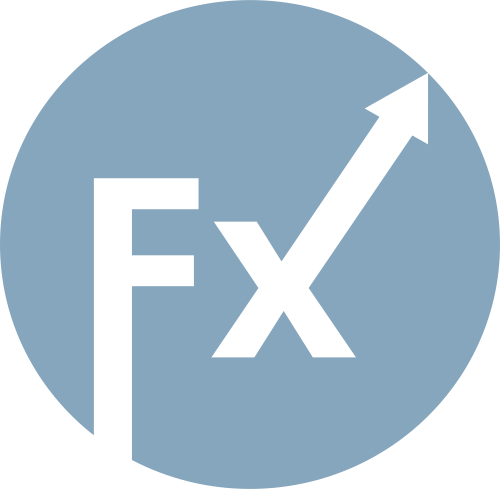Po silném týdnu na Wall Street vstoupily finanční trhy do nového týdne s opatrností a nervozitou. Asijské akcie v pondělí výrazně oslabily, zatímco americké akciové futures a dolar ztratily na hodnotě. Investoři reagovali na oznámení agentury Moody’s Ratings, která snížila výhled úvěrové spolehlivosti Spojených států. Jako hlavní důvod uvedla trvale rostoucí zadlužení USA a neschopnost politiků zastavit tuto trendovou trajektorii.
Snížený rating sice zatím neznamená přímé ohrožení americké ekonomiky, ale vysílá silný signál o důvěře investorů v dlouhodobou fiskální udržitelnost USA. Tento faktor vedl k oslabení futures na hlavní americké indexy – S&P 500 klesl o 0,9 %, Dow Jones o 0,6 %. Americký dolar vůči japonskému jenu oslabil z 145,65 na 145,14, což svědčí o zvýšené poptávce po bezpečných aktivech.
Trhy v Asii se ponořily do červených čísel, přičemž hlavní indexy napříč regionem zaznamenaly pokles. Čínské trhy byly zasaženy zejména horšími daty z maloobchodu a průmyslu. Maloobchodní tržby v Číně za duben vzrostly pouze o 5,1 % meziročně, což zaostalo za očekáváními. Zpomalení růstu průmyslové výroby z březnových 7,7 % na dubnových 6,1 % dále přispělo k negativnímu sentimentu.

Ekonomové varují, že pokud produkce nadále poroste rychleji než poptávka, hrozí přebytek zásob a další tlak na ceny. Někteří analytici ale poukazují i na možnost, že předběžné navýšení výroby bylo reakcí na očekávaná cla ze strany USA. Julian Evans-Pritchard z Capital Economics ve své zprávě upozornil, že po březnovém zlepšení se čínská ekonomika v dubnu opět zpomalila, přičemž firmy i domácnosti reagují na pokračující obchodní nejistotu obezřetností.
Regionální indexy následně oslabily: hongkongský Hang Seng klesl o 0,7 %, šanghajský index o 0,2 %, tokijský Nikkei ztratil 0,4 %, jihokorejský Kospi odepsal 1 %, australský index klesl o 0,1 % a tchajwanský Taiex ztratil 0,8 %. Trhy tedy vstoupily do nového týdne s výraznou dávkou opatrnosti.
Zatímco Asie zaznamenala pokles, Wall Street minulý týden naopak ukázala sílu. Index S&P 500 vzrostl o 0,7 % a je nyní jen 3 % pod svým historickým maximem. Dow Jones přidal 0,8 %, zatímco technologický Nasdaq si připsal 0,5 %. Růst táhly zejména naděje na zmírnění obchodního napětí poté, co Spojené státy a Čína oznámily 90denní odklad většiny represivních cel.
Trhy zároveň pozitivně reagovaly na zprávy o příznivějším vývoji inflace ve Spojených státech, které přinesly naději, že by centrální banka mohla v dohledné době začít snižovat úrokové sazby. Tato očekávání však částečně zchladil průzkum Michiganské univerzity, který ukázal další zhoršení spotřebitelské nálady a především nárůst inflačních očekávání – z 6,5 % na 7,3 % pro příštích 12 měsíců.
Obavy z dalšího zvyšování inflace a přetrvávající obchodní napětí s Čínou tedy dál působí jako brzda pro rozhodování domácností i firem. Tržní analytici se obávají, že by tyto faktory mohly vést ke zmrazení investičních plánů a poklesu spotřeby, což by přibrzdilo dosud solidní tempo oživení.
Mezi jednotlivými společnostmi zaujaly některé výraznější pohyby. Společnost Charter Communications oznámila plánovanou fúzi s Cox Communications, díky čemuž její akcie vzrostly o 1,8 %. Výrazný pohyb zaznamenala i společnost CoreWeave, jejíž akcie vyskočily o 22,1 % poté, co Nvidia navýšila svůj podíl na 7 %. Nvidia tak posiluje svou pozici v oblasti cloudových řešení pro umělou inteligenci, což investoři vnímají jako strategický tah.
Naopak akcie společnosti Novo Nordisk, známé výrobou léku na hubnutí Wegovy, klesly o 2,7 % poté, co byl oznámen odchod generálního ředitele. Společnost čelí tržním výzvám a vývoj akcií v poslední době ukazuje určitou nervozitu investorů ohledně dalšího směřování.

Na komoditních trzích se v pondělí také projevil celkový útlum nálady. Cena americké ropy klesla o 18 centů na 61,79 dolaru za barel, zatímco mezinárodní benchmark Brent ztratil 20 centů a obchodoval se za 65,21 dolaru za barel.
Přestože minulý týden přinesl určité náznaky stabilizace, začátek nového týdne ukazuje, že globální trhy zůstávají velmi citlivé na jakékoli známky ekonomického zpomalení, napětí mezi velmocemi nebo fiskální nejistoty. Investoři tak budou v nadcházejících dnech bedlivě sledovat další data, zejména z oblasti inflace, průmyslové výroby a spotřebitelské důvěry.
Analysis of Trades and Recommendations for Trading the European Currency
The test of the 1.1527 price level occurred at a moment when the MACD indicator had already moved far above the zero line, which limited the pair's upward potential. For this reason, I did not buy the euro. The second test of 1.1527 led to the implementation of scenario No. 2 for selling the euro; however, losses were recorded on the trade since the pair did not show any downward reversal.
Germany's economy posted zero GDP growth in the third quarter of this year. These expected data supported the euro's exchange rate and did not attract new sellers into the market. However, a warning sign is the slowdown in export growth, which the German economy traditionally relies on. Weakening global demand caused by geopolitical instability and trade wars is putting significant pressure on the competitiveness of German goods in global markets. In the context of GDP stagnation and weakening external trade positions, the German government will continue facing the difficult task of stimulating economic growth. However, the effectiveness of these measures may be limited by several factors, including high interest rates from the ECB.
In the second half of the day, our attention will be focused on the release of several U.S. economic indicators for September: price dynamics in the industrial sector, changes in retail sales, and the Richmond Fed manufacturing index. These reports are expected to clarify the current state of the American economy and will have a significant impact on market sentiment. The PPI index allows us to assess inflationary pressure by capturing fluctuations in the prices producers receive domestically. Actual PPI values exceeding forecasts may indicate further inflationary growth for consumers, which may, in turn, push the Federal Reserve toward tighter monetary policy. Retail sales dynamics reflect consumer activity. Steady retail growth signals a healthy economy, while a decline may point to weakening consumer demand and the approach of economic slowdown.
As for intraday strategy, I will rely primarily on implementing scenarios No. 1 and No. 2.
Buy Signal
Today, buying the euro is possible when the price reaches the level of 1.1547 (green line on the chart) with the target of rising to 1.1570. At 1.1570, I plan to exit the market and also sell the euro in the opposite direction, expecting a move of 30–35 points from the entry point. Counting on euro growth today will only be possible after weak U.S. data.Important! Before buying, make sure the MACD indicator is above the zero line and is just beginning to rise from it.
I also plan to buy the euro today in the case of two consecutive tests of the 1.1528 price level at a time when the MACD indicator is in the oversold zone. This will limit the pair's downward potential and lead to an upward market reversal. A rise toward the opposite levels of 1.1547 and 1.1570 can be expected.
Sell Signal
I plan to sell the euro after reaching the 1.1528 level (red line on the chart). The target will be 1.1505, where I intend to exit the market and immediately buy in the opposite direction (expecting a move of 20–25 points from the level in the reverse direction). Pressure on the pair will return today if the statistics are strong.Important! Before selling, make sure the MACD indicator is below the zero line and is just beginning to decline from it.
I also plan to sell the euro today in the case of two consecutive tests of the 1.1547 level at a time when the MACD is in the overbought zone. This will limit the pair's upward potential and lead to a downward market reversal. A decline toward the opposite levels 1.1528 and 1.1505 can be expected.

What's on the Chart:
Important. Beginner Forex traders must make market entry decisions very cautiously. Before the release of major fundamental reports, it is best to stay out of the market to avoid getting caught in sharp price fluctuations. If you decide to trade during news releases, always place stop orders to minimize losses. Without stop orders, you can quickly lose your entire deposit, especially if you do not use money management and trade large volumes.
And remember that successful trading requires having a clear trading plan—such as the one presented above. Spontaneous trading decisions based solely on the current market situation are an inherently losing strategy for an intraday trader.

RYCHLÉ ODKAZY